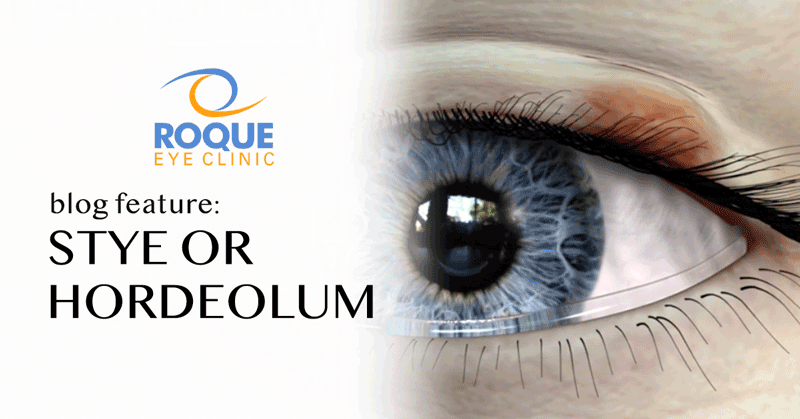Key Learning Points
- Lateral dermatochalasis is primarily age-related but can be influenced by lifestyle and genetic factors.
- Treatment options range from lifestyle adjustments to surgical interventions.
- Preventive measures include skincare, sun protection, and maintaining a healthy lifestyle.
Unveiling Lateral Dermatochalasis: A Comprehensive Guide
Lateral dermatochalasis is a condition that often goes unnoticed until it starts affecting one's quality of life. Characterized by excessive skin on the lateral aspect of the eyelids, it's more than just a cosmetic concern—it can significantly impact eye health. In this educational piece, we'll delve deep into what lateral dermatochalasis is, its implications, and the comprehensive approaches to managing it, ensuring readers are well-informed about their health choices.
What is Lateral Dermatochalasis?
Lateral dermatochalasis refers to the redundant or loose skin on the outer part of the eyelids. This condition is typically age-related, resulting from the natural loss of skin elasticity and weakening of connective tissue around the eyes. However, genetics, lifestyle factors, and certain health conditions can also play a role.
Causes and Risk Factors The primary cause of lateral dermatochalasis is aging, but exposure to ultraviolet (UV) rays, smoking, and genetic predispositions can exacerbate the condition. Understanding these factors is crucial for prevention and early intervention.
Symptoms and Complications Individuals with lateral dermatochalasis may experience a range of symptoms from barely noticeable to significantly impairing. These include visual field impairments, discomfort, and even issues with self-esteem due to cosmetic concerns.
Diagnosis and Treatment Options
Clinical Diagnosis A comprehensive eye examination by an ophthalmologist is key to diagnosing lateral dermatochalasis. This may include visual field testing to assess any impact on vision.
Surgical and Non-Surgical Treatments Treatment options vary from conservative management, like skincare routines, to surgical interventions such as blepharoplasty. The choice depends on the severity of symptoms and the patient's preferences.
The Impact of Lateral Dermatochalasis on Eye Health
Visual Field Impairments Severe lateral dermatochalasis can lead to visual field impairments, which can affect daily activities. Early detection and treatment are vital to prevent such complications.
Psychological and Cosmetic Concerns The aesthetic impact of lateral dermatochalasis can't be understated. Patients should discuss these concerns with their healthcare provider to find a solution that aligns with their needs.
Preventive Measures and Lifestyle Changes
Skincare and Sun Protection: Regular skin care and protection against UV rays can mitigate some risk factors of lateral dermatochalasis.
Nutrition and General Health: A balanced diet and healthy lifestyle can contribute to skin elasticity and overall eye health.
FAQs on Lateral Dermatochalasis
How does lateral dermatochalasis affect vision?
Lateral dermatochalasis can impair visual field vision by obstructing peripheral vision, especially if the excessive skin droops significantly.
Is surgery the only option for treating lateral dermatochalasis?
While surgical removal of excess skin (blepharoplasty) is common, non-surgical options such as targeted skincare routines and lifestyle changes can manage milder cases or serve as preventive measures.
Can lateral dermatochalasis recur after surgery?
Recurrence is possible, especially if underlying causes like sun exposure are not addressed. However, with proper care, the results of surgery can be long-lasting.
How can I prevent lateral dermatochalasis?
Preventive measures include protecting skin from UV radiation, maintaining a healthy lifestyle, and using skincare products that enhance skin elasticity.
At what age does lateral dermatochalasis typically begin to appear?
While it can occur at any age, it is most commonly seen in individuals over 40, as skin elasticity naturally decreases with age.
Does insurance cover lateral dermatochalasis?
Coverage varies; cosmetic surgery is typically not covered, but if lateral dermatochalasis impairs vision, insurance may cover the procedure as medically necessary.
Take-Home Message Summary
While often considered a cosmetic issue, lateral dermatochalasis can significantly affect eye health and quality of life. Understanding its causes, symptoms, and treatment options empowers individuals to make informed health decisions. Early intervention and a proactive approach to eye health can mitigate the impacts of lateral dermatochalasis, enhancing both vision and overall well-being. Remember, your ophthalmologist is your best resource for personalized advice and treatment options.
Comprehensive Bibliography
- American Academy of Ophthalmology. (2023). Blepharoplasty Guide. https://www.aao.org
- The American Society of Plastic Surgeons. (2023). Eyelid Surgery. https://www.plasticsurgery.org
- DermNet NZ. (2023). Dermatochalasis. https://dermnetnz.org
- National Institutes of Health. (2023). Skin Aging. https://www.nih.gov
- Skin Cancer Foundation. (2023). Sun Protection. https://www.skincancer.org
Remember, lateral dermatochalasis, while primarily a sign of natural aging, can significantly impact vision and quality of life. Early consultation with an ophthalmologist can lead to timely and effective management. Whether through preventive measures, lifestyle changes, or surgical intervention, it's possible to mitigate the effects of this condition and maintain eye health and a positive self-image.





